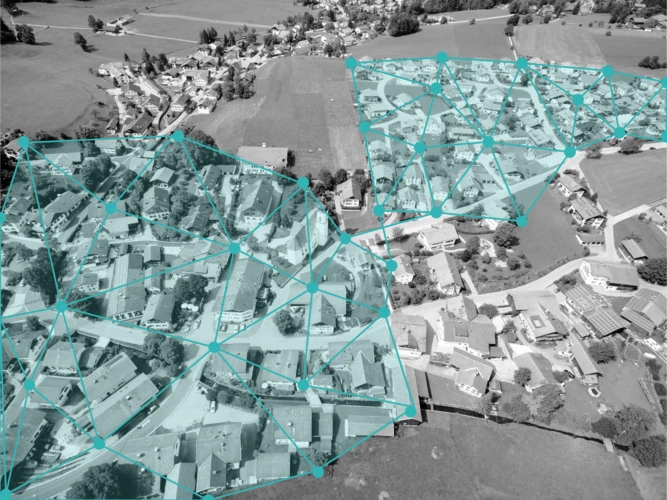Extracting information from customer requests
Given a free form vet appointment reason we extract symptoms, diseases and requested services.
Input
A short text giving the appointment reason
Output
Any symptoms, diseases or required vet services that can be inferred from the text
Goal
Extract structured data from appointment reasons



